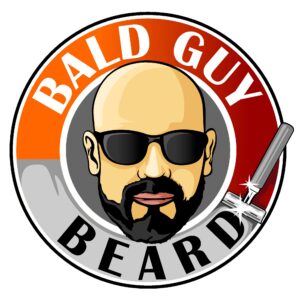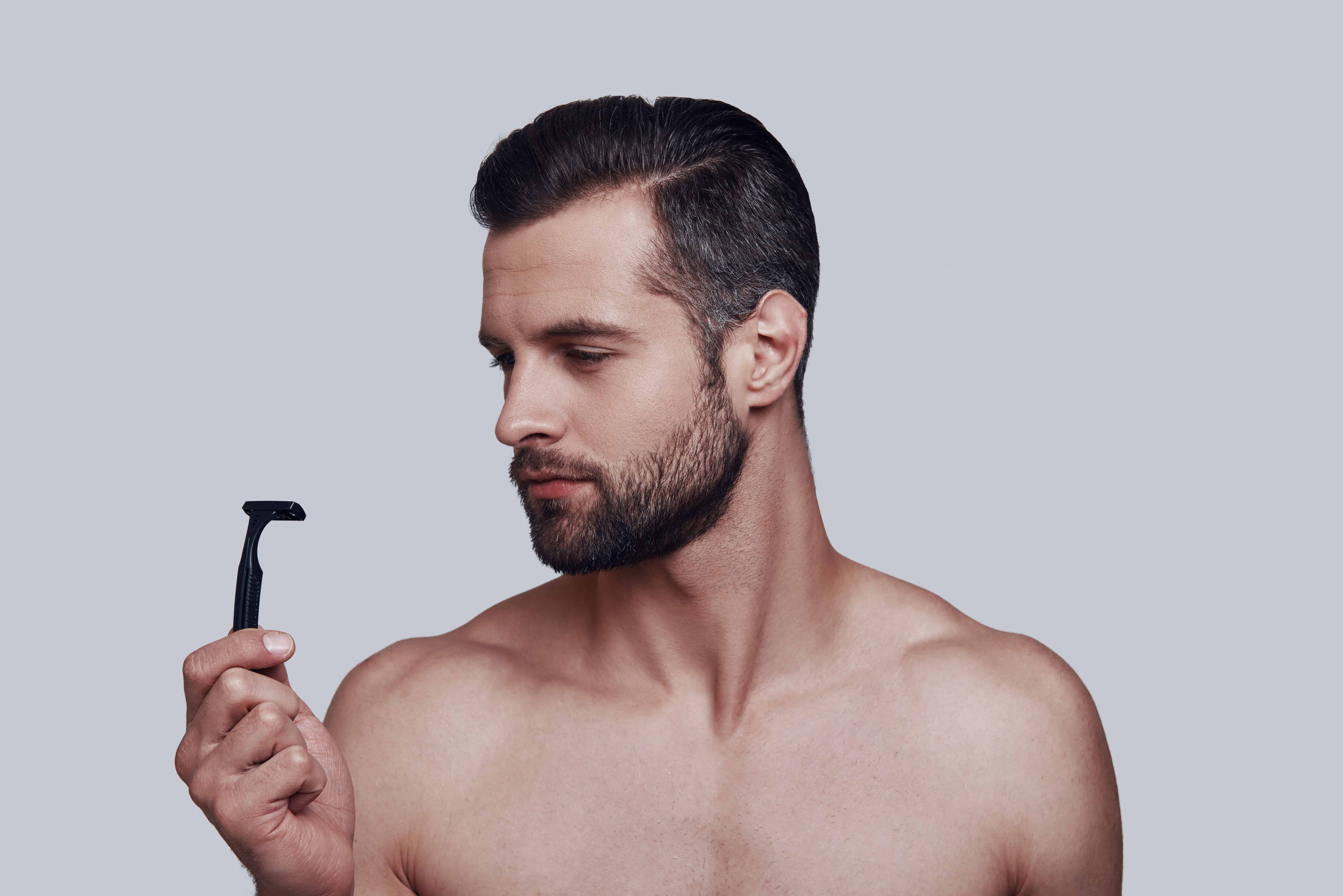One of the good practices of shaving is of course using shaving cream, gel or other product on your skin before the razor touches your skin. We’ve spoken on this website about dry shaving without shaving cream and the pitfalls that can occur.
I personally don’t do it as my skin doesn’t allow it. I already get ingrown hairs after shaving my head so I’ve chosen to use more shaving products such as a pre-shave product and shaving alum after shaving, not less.
Over shaving is where you repeatedly shave the same area without shaving cream which can increase the chance of cuts and ingrown hairs as well as skin irritation. If you have to reshave an area of your face or head, reapply shaving cream first and then shave again.
Here are some additional thoughts regarding over shaving, where you have to repeatedly shave the same area more than once.
Should you reapply shaving cream while shaving?
Reapply shaving cream – or gel, soap or foam – while shaving if you need to repeatedly shave the same area. It took me awhile to figure this out myself as I figured that over shaving the same area without more shaving cream wasn’t a big deal.
I do tend to notice that I get ingrown hairs and cuts more on my head than on my face. And I typically know exactly on my head where the cuts and ingrown hairs tend to occur. For me, it’s the ring of hair around my head and the crown area.
When you dry shave without shaving cream and just shave your skin bare with a sharp razor, it can lead to various skin problems. Commonly these include cuts, irritated skin, razor burn and razor bumps.
If you have to shave the same area of your skin whether your head or face more than once, reapply the shaving cream and then shave again. It may help to prevent any shaving issues you are experiencing.
You might also need to consider additional shaving products not less. There are plenty of pre-shave and post-shave products that can help you get a better shave with less skin problems.
No one wants to waste money on things that don’t work. But from personal experience, I’ve gone from using cheap single blade razors and cheap shaving foam all the way to multi-blade razors and shaving cream in a tube and everything in between. Basically I experimented to see what works best for me.
Below, are some examples of what I mean.
Pre-shave products can help you skin and your shaving
Have you considered a pre-shave lotion or oil? I only recently added the use of a pre-shave lotion to my shaving repertoire. I rub it into my scalp and face directly prior to shaving to add a thin layer of lubricant over the skin prior to the sharp razor touching my skin.
After the pre-shave product, you then apply your shaving cream, lotion, gel or soap over top. Then you shave as normal.
Guys often forget that blade shaving is effectively exfoliating your skin while removing the whiskers. You remove the top thin layer of skin while blade shaving while also cutting the hairs. This isn’t bad, it can actually be healthy for your skin which is why face washes refer to their exfoliating properties.
But the sharp metal blade on your skin can cause irritation, especially if you have sensitive skin or suffer from the aforementioned shaving problems such as razor burn, razor bumps or ingrown hairs.
A pre-shave lotion or oil helps to soften the whiskers, lubricate the skin and adds a thin layer on your skin prior to adding the shaving cream over top, followed by the actual shaving itself.
It’s worth a try if you have any shaving problems that you haven’t been able to solve related to how your skin reacts.
Shaving alum helps post shave with bacteria and cuts
Shaving alum is made from potassium alum and is marketed both as a natural post shaving tool and as a deodorant. Here’s the shaving alum product that I use after I’m done shaving to help with cuts and nicks.
From a personal perspective, I was pleasantly surprised that the shaving alum product does help to clot small shaving cuts. This morning, I cut my neck with a fresh DE razor that I was using for the first time. Upon finishing shaving, I wet the shaving alum and began rubbing it on my neck including the cut.
I had to wipe the blood off several times but upon rubbing the alum on the cut for the third time, the bleeding did stop. Normally my cuts tend to bleed for at least several minutes but the alum clotted it fairly quickly so I have to say it works.
Having said that, if you suffer frequently from cuts and nicks, you might also consider a styptic pencil since its main job is to stop cuts. An alum stick is mostly for preventing bacteria, soothing the skin with some cut-stopping abilities.


